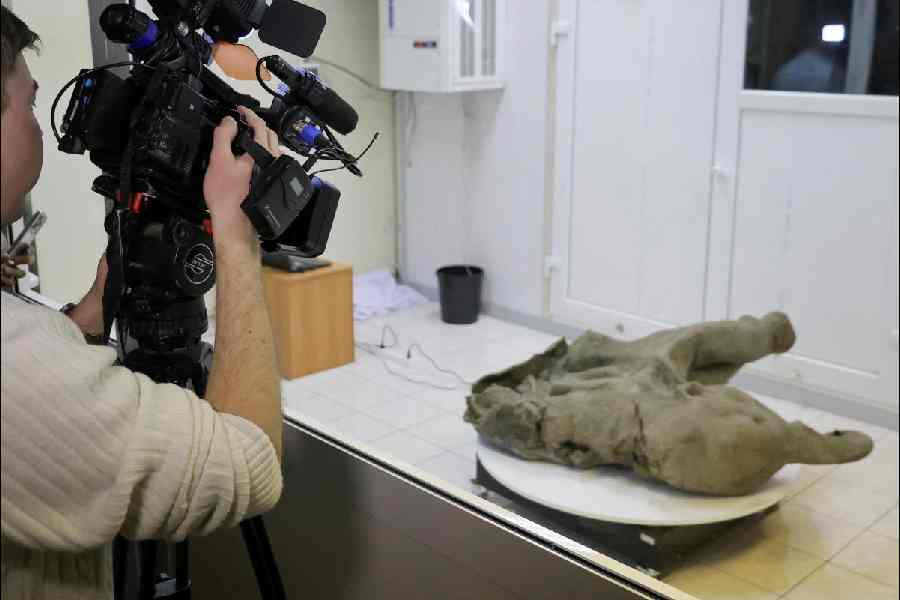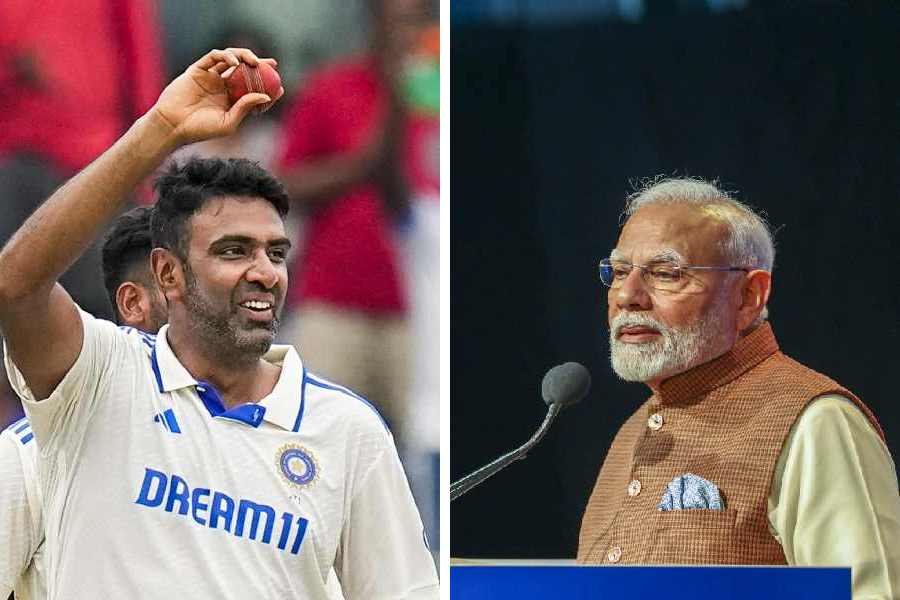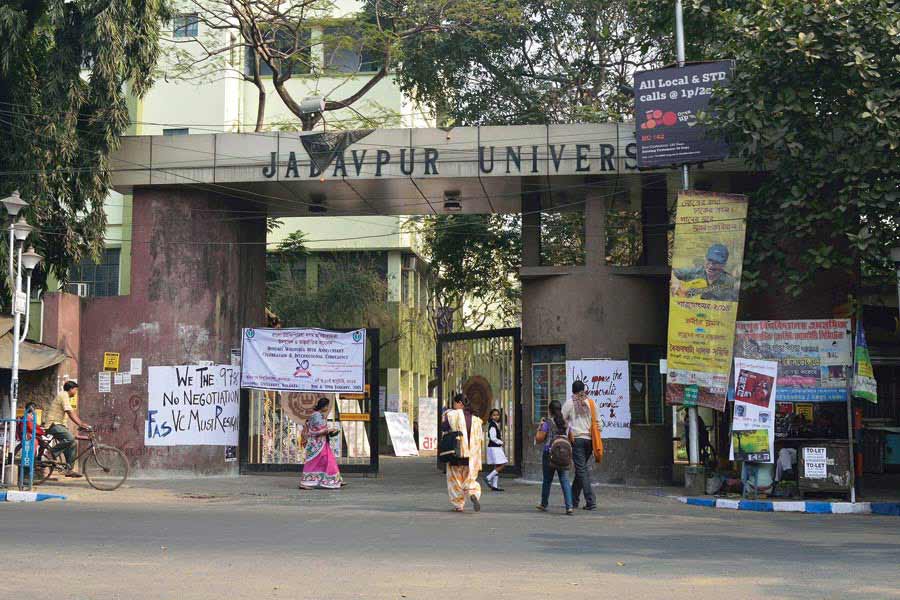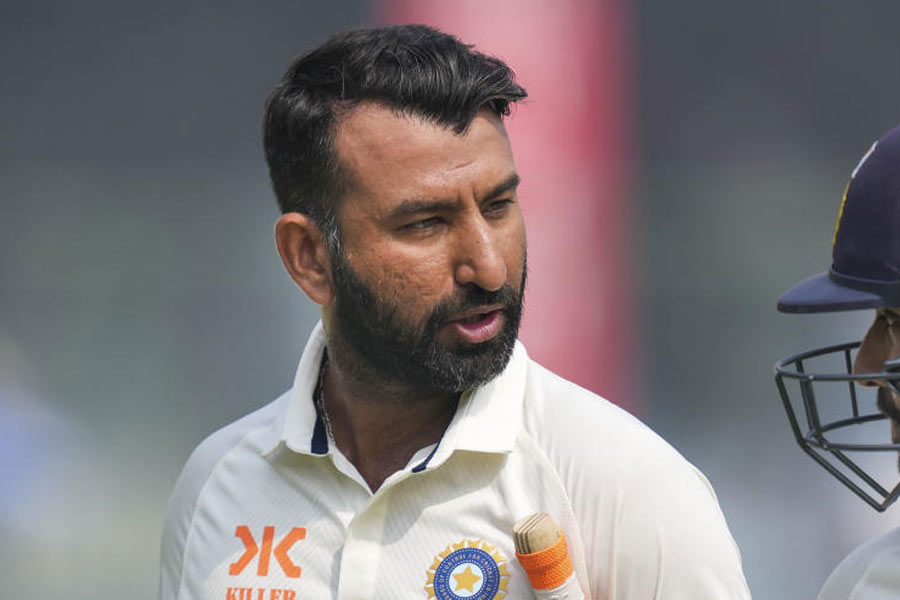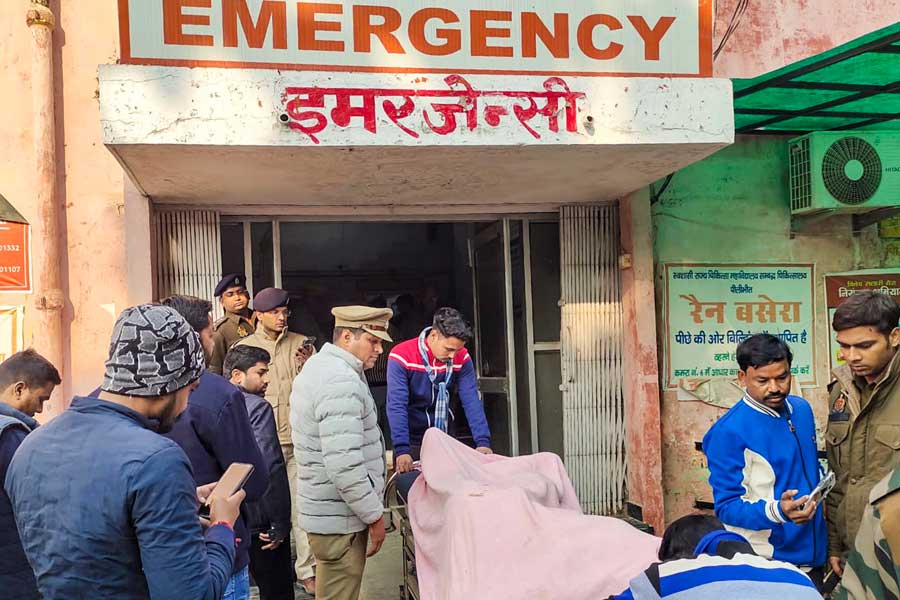On Oct. 7, a few hours after Hamas began its devastating attack on Israel, U.S. Secretary of State Antony Blinken spoke by telephone with Qatar’s prime minister.
Hamas gunmen had just slaughtered more than 1,400 people and kidnapped more than 200, including Americans, and Blinken raised the issue of the hostages with the prime minister, according to two senior State Department officials. The hope among many diplomats was that Qatar could play the middleman. That’s exactly what it did.
Over nearly the next two weeks, Blinken and other U.S. officials, their Qatari counterparts and representatives from Turkey, Egypt, France and many other countries held delicate talks about how to get the captives out — or least start the process. Qatar, a tiny country on the Persian Gulf, played an outsized role. It’s an American ally with open lines to Hamas — many of Hamas’ political leaders reside at least part-time in Doha, Qatar’s capital — and it has a long history of brokering deals with groups that the United States considers terrorists.
On October 20 night, when Hamas released two captives, Judith and Natalie Raanan, an American-Israeli mother and daughter, one of the first things U.S. officials did was thank the Qataris. The Raanans were the first hostages to emerge from captivity, and the families of the remaining 200 or more captives desperately hope this is just the beginning.
For two weeks, families have been stuck in a state of suspended shock, not knowing if the people closest to them in the world are alive. Intelligence experts say Hamas has likely split up the hostages into small groups, separating the Israeli soldiers they captured from the civilians, who span ages from less than 1 year old to more than 85. Hamas is believed to be holding the captives in a maze of tunnels beneath the Gaza Strip’s streets as Israeli warplanes bomb the enclave.
An armed hostage rescue is considered too risky and dangerous at this moment, experts say, leaving officials from the constellation of countries feverishly continuing negotiations.

A long table that was set up as part of a demonstration, with 203 empty places, one for each hostage believed to be held in Gaza, before Shabbat in Tel Aviv, Israel, Oct. 20, 2023. Hamas has released two American hostages, but concern is rising about the hundreds still held in Gaza, especially the injured and ill. Tamir Kalifa/The New York Times
Some Hamas political leaders are trying to distance themselves from the worst atrocities carried out by Hamas assailants on Oct. 7 and now contend that it was angry Palestinians in Gaza and members of other armed groups — not their own fighters — who kidnapped civilians. Yet videos released by Hamas fighters themselves depict the brutal killing of unarmed civilians.
Shocked by the scale of the attacks, Israel has refused to negotiate with Hamas, several officials said.
Instead, the Israeli army is amassing tanks and armored personnel carriers on Gaza’s border, primed for a full-scale invasion. And even though Israel allowed a trickle of humanitarian aid — 20 trucks for 2 million people — into Gaza on October 21, Israeli warplanes show no sign of relenting in a campaign that is intended to destroy Hamas but has also killed thousands of civilians.
Yaakov Peri, a former head of the Shin Bet, the Israeli security service, said Israel may have agreed to let humanitarian aid enter Gaza on October 21 morning in light of the hostages’ release October 20 night. He said Hamas’ motive might have been to inspire Israelis who have loved ones in captivity in Gaza to pressure their government to delay the impending ground invasion until more hostages are released.
“This is what Hamas is thinking,” Peri said. “But we cannot fall for this trap.”
There are still many questions of why, of all the 200 or so hostages, the Raanans were released. Robert D’Amico, a former FBI agent who worked on hostage cases overseas, said it may have been the fact that the two were healthy.
“I don’t know if you want to release critically wounded ones,” he said. “It just looks bad.”
(Several hostages were badly injured before they were captured, including one California native who had half of his arm blown off by a grenade.)
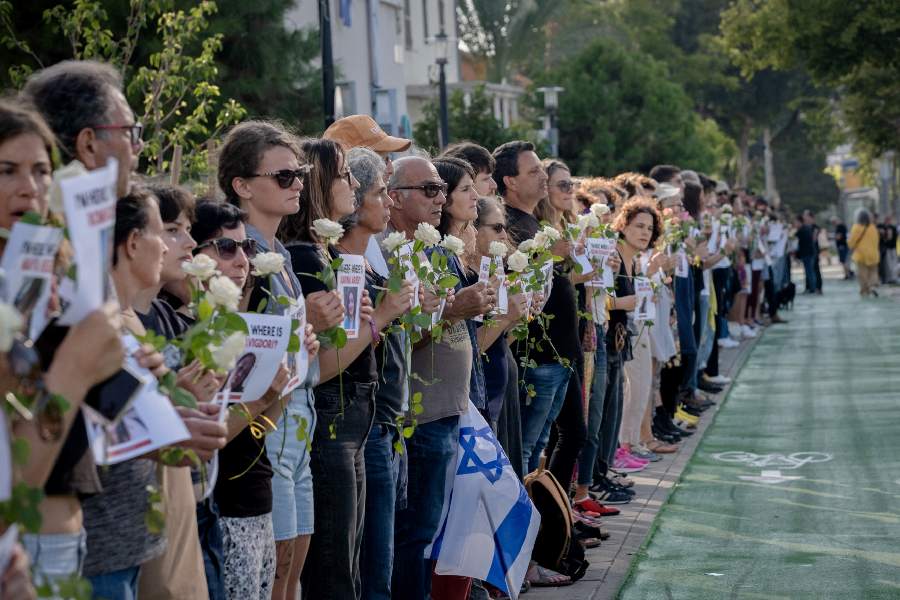
A demonstration calling for the return of the more than 200 hostages believed to be held by Hamas, in Tel Aviv, Israel, Oct. 17, 2023. Hamas has released two American hostages, but concern is rising about the hundreds still held in Gaza, especially the injured and ill. Amit Elkayam/The New York Times
Another obvious reason the Raanans were chosen, D’Amico and others said, is that they are Americans — though there are up to 10 more Americans in captivity. Hamas might be trying to temper Israeli retaliation on Gaza by gaining goodwill from the Biden administration. President Joe Biden and his team have been closely advising Israel on how it is waging its war on Gaza, although it is not clear how much Israel actually listens to what the Americans say.
Hamas leaders said Friday that they had decided to free the mother and daughter for “humanitarian reasons.” On October 21, in an unmarked villa in Doha, Khalil al-Hayya, a member of the Hamas Politburo, shared more of the group’s thinking.
He argued that members of the Qassam Brigades, Hamas’s armed wing, who carried out the Oct. 7 attack, had been instructed not to harm or capture civilians. But after the fighters broke through Israel’s metal barrier fence with Gaza, he said, members of other armed groups and other Palestinians in Gaza poured in behind them.
It was these people, al-Hayya insisted, who had slaughtered Israeli civilians and kidnapped dozens of others and then dragged them back through the broken fence to Gaza.
“Our issue is with the soldiers, the military people,” he said.
Extensive footage of the attack, however, clearly disproves his assertions. Videos show Hamas assailants shooting and killing unarmed civilians on streets, in neighborhoods and at an outdoor music festival. Documents found on dead Hamas assailants also included instructions to take civilian hostages, Israeli officials have said.
Al-Hayya said that before Hamas releases any more hostages, Israel’s bombing of Gaza has to stop. He also said other militant groups in Gaza were holding some of the hostages and that Hamas needs time “to look in the homes, with families, with the factions, and bring them together.”
Throughout the crisis, U.S. officials have remained in close contact with the Qataris, who are in close contact with Hamas. White House officials called them. Blinken spent a few hours in Qatar on Oct. 13, during his seven-nation sweep through the Middle East, and there he spoke about the hostages with the emir, Sheikh Tamim ibn Hamad Al Thani, and Prime Minister Mohammed bin Abdulrahman bin Jassim Al Thani.
Qatari officials told Blinken about concrete steps the Americans could start taking to try to get hostages released, a U.S. official said. Before flying out to Bahrain, Blinken stood beside the prime minister and told reporters that the two countries were “working intensively together” on the hostages and that he was “grateful for the urgency that Qatar is bringing to this effort.”
A senior official from a country involved in the negotiations said that Hamas’ political leaders are seeking a pause in Israeli attacks on Gaza to allow the group to gather information about all of the hostages, and that they have agreed, in principle, to freeing all civilians, including foreign nationals, who were taken captive. Al-Hayya, in his interview, seconded that notion. Still, it is unclear when, or under exactly what circumstances, Hamas would agree to release them.
Moreover, Hamas has made clear that it will not release any Israeli soldiers — estimated to be in the dozens and including several female soldiers — until a deal is struck for the release of Palestinian prisoners in Israeli jails. Several senior officials said this was conveyed to the Israelis, but so far the Israelis have not agreed to consider any of Hamas’ proposals, including a pause in the bombing. Israel also has not specified exactly how many Israeli soldiers were captured.
Qatar has a proven record of helping out in sticky situations like this — a role that, in addition to its enormous reserves of natural gas, has given it outsize leverage on the international stage. In 2016, said D’Amico, the former FBI agent, Qatari officials finessed talks with the Taliban to free Colin Rutherford, a Canadian citizen abducted in Afghanistan, even as the Taliban and United States waged war.
“We don’t trust the Taliban,” D’Amico said. “The Taliban doesn’t trust us. But we both trust the Qataris.”
In this case, so many high-level officials were involved in the negotiations with Hamas that the news of the Raanans’ release leaked out while the hostages were still making their way out of Gaza — which was not the plan.
“It really put us at risk and made the whole process way more complicated than it had to be,” said Fabrizio Carboni, an official with the International Committee of the Red Cross, which received the hostages from Hamas.
“You never know who’s around,” he said, “in a place like this.”
In a video released by Hamas, captors brought the Raanans to a rendezvous point inside Gaza. The two stepped into a Red Cross truck. The truck began to move.
The fact that all this happened at night, with war raging around them, didn’t make things easier.
“It’s not like you’re driving in Geneva,” Carboni said.
But the Red Cross truck made it to the border of Gaza without incident, and soon the Raanans were embraced by Israelis.Did they seem in good shape?
“They were shocked,” Carboni said. “I mean, we would all be shocked by this.”
But the two were, he added, “considering the situation, OK.”
The New York Times News Service





